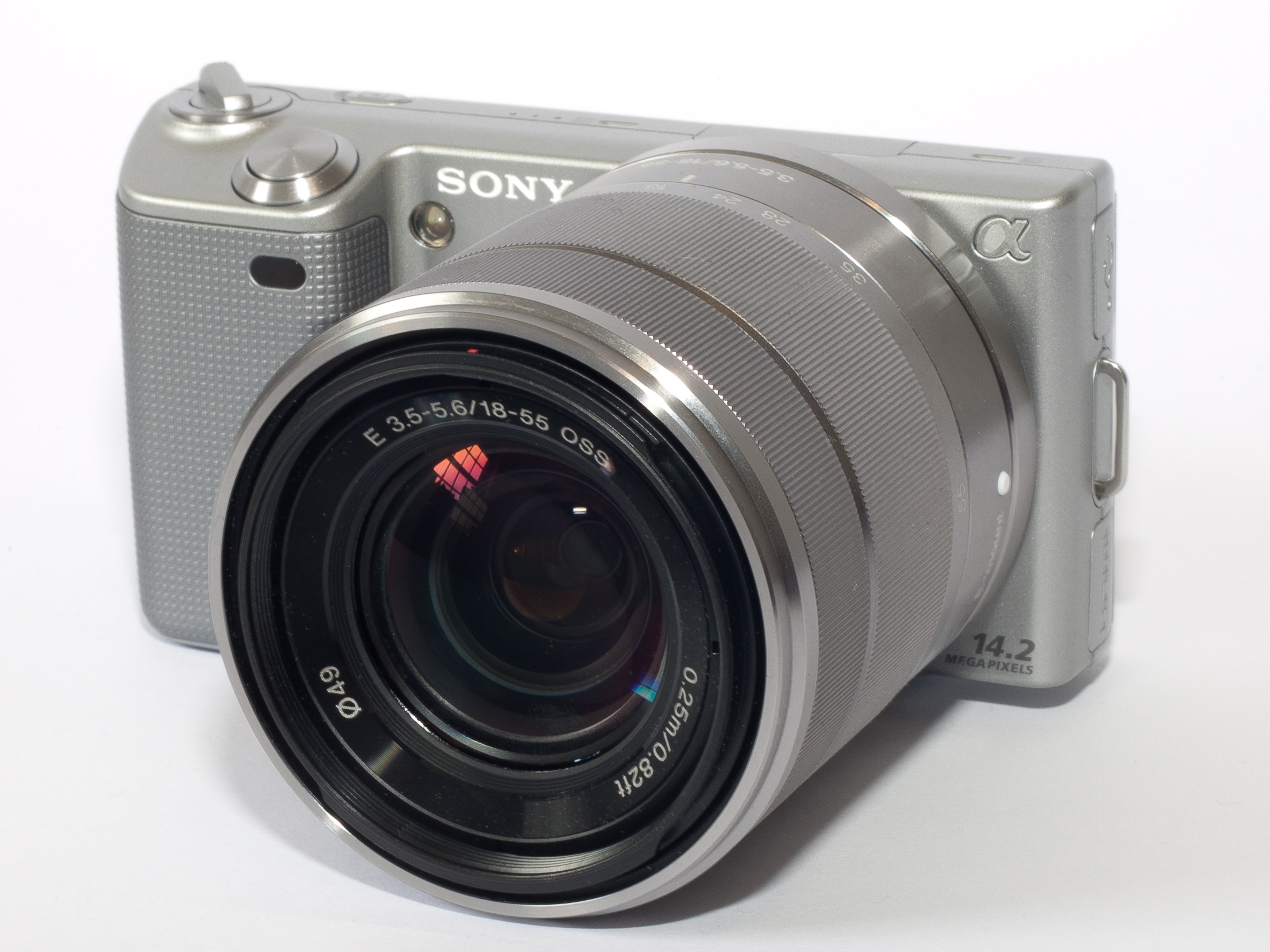Why you can trust TechRadar
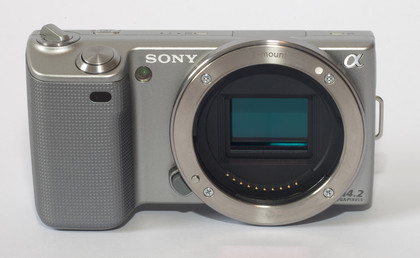
The NEX-5 is a small camera, but you'll still need both hands to use it. It may not weigh you down too badly, but its 229g weight, as well as the fact that the chunky metal lens is mounted well to the left-hand side, means you'll need to support it well to get a level shot.
Still, the grip on the right is well-sized, and lightly coated with textured plastic to make it harder to drop.
As the EVIL acronym suggests, there's no optical viewfinder, which means you do everything via the beautiful 3-inch TruBlack monitor on the back.
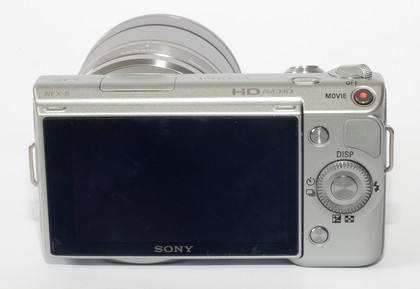
With 921,600 pixels it's extremely fine-grained. This makes checking focus – generally harder on non-optical viewfinders – a simpler task.
Usefully, it's also articulated, allowing you to angle it up or down: handy if you're shooting over a crowd, or want to get a snail's-eye shot without lying on the ground. The screen is also extremely bright and has an excellent contrast range.
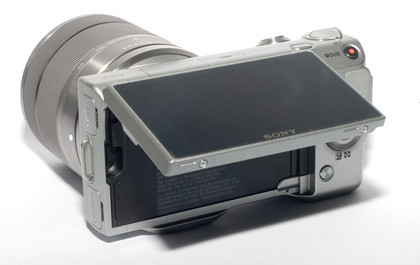
A single complaint is that, by default, it adapts automatically to ambient light, getting lighter in sunlight and darker indoors. While this is a handy usability feature, it can make checking the exposure of your images a little hit and miss unless you turn on the handy live histogram.
That the NEX-5 is a well-built, good-looking camera isn't exactly surprising, but its performance really threw us.
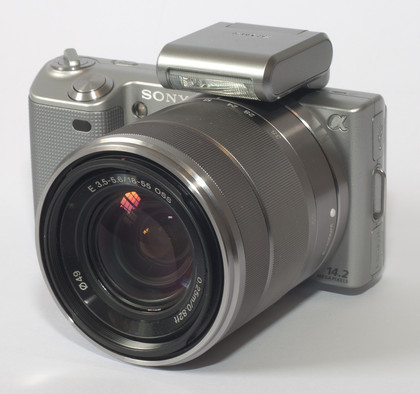
Sony claims an unlikely-sounding 7fps in its fastest continuous mode, but, measured against a stopwatch, the NEX-5 went more than a full frame per second faster, at 8.4fps – in RAW mode. Admittedly, it only actually took seven frames, but that's still a spectacular turn of speed.
Switching to JPEG got us a similar speed – just over 7fps – but the camera ran for 1.78 seconds, capturing 13 frames.
Just about the only problem with the NEX-5's performance is its contrast-detection autofocus system – for many of our test shots, its performance was similar to that of a cheaper compact camera, as it hunted for a crisp image.
It's a shame, because a decent phase detection system (as Sony uses in Live View mode on its A330) would match the NEX-5's autofocus performance with its excellent continuous mode.
The lens is a well-made but mid-range, unstabilised specification. The focal length – 18mm to 55mm – is the same as you'll find on most entry-level DSLRs, although the metal construction makes it feel a cut above.
You're in for a shock the first time you take it off, though. Where a DSLR's sensor is hidden behind the shutter curtain and SLR mirror, twist the NEX-5's lens off and you'll find yourself staring straight at the exposed, sensitive and highly fragile APS-C sensor.

Changing lenses can be a risky business at the best of times, but with the NEX-5 you'll have to be extremely careful not to change in even a moderately dusty environment.
We certainly found that our review sample – which may have done the rounds before reaching us – needed a few puffs of air from a blower before we were taking dust-free images. There's no mechanical anti-dust system.
Current page: Sony NEX-5: Features and build quality
Prev Page Sony NEX-5: Overview Next Page Sony NEX-5: Image and video qualityDave is a professional photographer whose work has appeared everywhere from National Geographic to the Guardian. Along the way he’s been commissioned to shoot zoo animals, luxury tech, the occasional car, countless headshots and the Northern Lights. As a videographer he’s filmed gorillas, talking heads, corporate events and the occasional penguin. He loves a good gadget but his favourite bit of kit (at the moment) is a Canon EOS T80 35mm film camera he picked up on eBay for £18.
